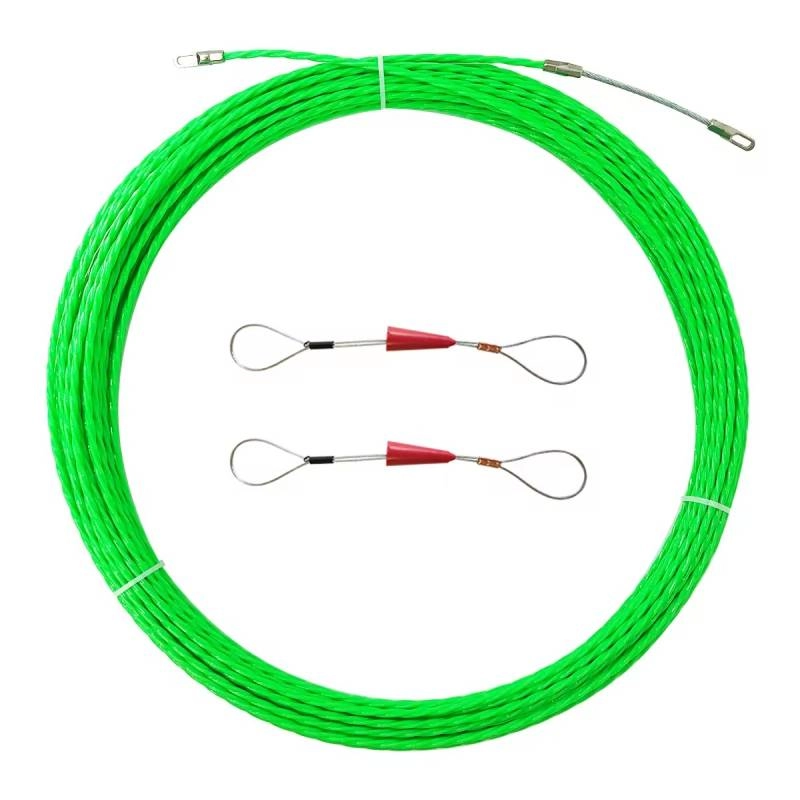
-
 Afrikaans
Afrikaans -
 Albanian
Albanian -
 Amharic
Amharic -
 Arabic
Arabic -
 Armenian
Armenian -
 Azerbaijani
Azerbaijani -
 Basque
Basque -
 Belarusian
Belarusian -
 Bengali
Bengali -
 Bosnian
Bosnian -
 Bulgarian
Bulgarian -
 Catalan
Catalan -
 Cebuano
Cebuano -
 Corsican
Corsican -
 Croatian
Croatian -
 Czech
Czech -
 Danish
Danish -
 Dutch
Dutch -
 English
English -
 Esperanto
Esperanto -
 Estonian
Estonian -
 Finnish
Finnish -
 French
French -
 Frisian
Frisian -
 Galician
Galician -
 Georgian
Georgian -
 German
German -
 Greek
Greek -
 Gujarati
Gujarati -
 Haitian Creole
Haitian Creole -
 hausa
hausa -
 hawaiian
hawaiian -
 Hebrew
Hebrew -
 Hindi
Hindi -
 Miao
Miao -
 Hungarian
Hungarian -
 Icelandic
Icelandic -
 igbo
igbo -
 Indonesian
Indonesian -
 irish
irish -
 Italian
Italian -
 Japanese
Japanese -
 Javanese
Javanese -
 Kannada
Kannada -
 kazakh
kazakh -
 Khmer
Khmer -
 Rwandese
Rwandese -
 Korean
Korean -
 Kurdish
Kurdish -
 Kyrgyz
Kyrgyz -
 Lao
Lao -
 Latin
Latin -
 Latvian
Latvian -
 Lithuanian
Lithuanian -
 Luxembourgish
Luxembourgish -
 Macedonian
Macedonian -
 Malgashi
Malgashi -
 Malay
Malay -
 Malayalam
Malayalam -
 Maltese
Maltese -
 Maori
Maori -
 Marathi
Marathi -
 Mongolian
Mongolian -
 Myanmar
Myanmar -
 Nepali
Nepali -
 Norwegian
Norwegian -
 Norwegian
Norwegian -
 Occitan
Occitan -
 Pashto
Pashto -
 Persian
Persian -
 Polish
Polish -
 Portuguese
Portuguese -
 Punjabi
Punjabi -
 Romanian
Romanian -
 Russian
Russian -
 Samoan
Samoan -
 Scottish Gaelic
Scottish Gaelic -
 Serbian
Serbian -
 Sesotho
Sesotho -
 Shona
Shona -
 Sindhi
Sindhi -
 Sinhala
Sinhala -
 Slovak
Slovak -
 Slovenian
Slovenian -
 Somali
Somali -
 Spanish
Spanish -
 Sundanese
Sundanese -
 Swahili
Swahili -
 Swedish
Swedish -
 Tagalog
Tagalog -
 Tajik
Tajik -
 Tamil
Tamil -
 Tatar
Tatar -
 Telugu
Telugu -
 Thai
Thai -
 Turkish
Turkish -
 Turkmen
Turkmen -
 Ukrainian
Ukrainian -
 Urdu
Urdu -
 Uighur
Uighur -
 Uzbek
Uzbek -
 Vietnamese
Vietnamese -
 Welsh
Welsh -
 Bantu
Bantu -
 Yiddish
Yiddish -
 Yoruba
Yoruba -
 Zulu
Zulu


Dec . 05, 2024 14:57 Back to list
hot stick tools
The Essential Guide to Hot Stick Tools Safety, Efficiency, and Innovation
In the world of electrical utilities, safety and efficiency reign supreme. Among the indispensable tools wielded by linemen and electrical engineers are hot stick tools, also known as live line tools. These specialized instruments empower professionals to work on energized power lines from a safe distance, ensuring both personnel safety and uninterrupted service to consumers.
What are Hot Stick Tools?
Hot sticks are long, insulated poles made typically from fiberglass or a composite material that allows for safe manipulation of electrical equipment while remaining at a safe distance from high-voltage circuits. They can vary in length, generally ranging from 6 to 20 feet, depending on the specific tasks and electrical environments in which they are used. Not only do they provide necessary insulation, but they also help facilitate maintenance and repairs on live wires without the need for de-energization, a process that can be time-consuming and costly.
Key Components of Hot Stick Tools
Hot stick tools are equipped with various attachments to enhance their functionality. Common components include
1. Cradle Hooks and Clamps Used for securing the line or manipulating it during maintenance. 2. Switching Tools These allow linemen to operate switches and other devices remotely.
3. Testing Devices Integrated testing tools enable the monitoring of voltage and the ability to verify that lines are indeed energized or not.
4. Communications Equipment Some hot sticks come equipped with communication devices to maintain contact with team members during operations.
hot stick tools

5. Insulated Fittings All attachments are designed to maintain the highest levels of insulation to protect users from electrical shocks.
Safety Considerations
The foremost priority of any worker in the field of electricity is safety. Hot sticks are designed in compliance with strict safety standards set by organizations such as the American National Standards Institute (ANSI) and the Institute of Electrical and Electronics Engineers (IEEE). Users must undergo extensive training to proficiently handle hot stick tools and to understand the inherent dangers of working with live electrical systems.
Regular inspection and maintenance of hot sticks are crucial to ensure their integrity and effectiveness. Any signs of wear, cracks, or damage should prompt immediate retirement of the tool from service. Ensuring the proper grounding techniques are followed while using these tools greatly minimizes the risk of electrical shock.
Innovations in Hot Stick Technology
In recent years, advancements in technology have led to innovations in hot stick tools. With the integration of smart technology, some hot sticks now include built-in sensors that can detect voltage levels, providing real-time feedback to users. This feature significantly enhances the safety and efficiency of operations. High-tech hot sticks may also come with GPS capabilities, allowing teams to track and optimize the workflow in extensive networks.
Furthermore, the evolution of materials used in hot stick construction is leading to lighter and more durable options, enhancing maneuverability without compromising safety.
Conclusion
Hot stick tools stand as a testament to the balance between innovation and safety in the field of electrical utilities. Their ability to facilitate work on live equipment without the risks associated with electrical contact is invaluable. As technology continues to evolve, we can expect ongoing improvements in these essential tools, further ensuring safety and efficiency for linemen everywhere. Whether it's routine maintenance or emergency repairs, the role of hot stick tools in the electrical industry remains critically important. Thus, investing in quality hot stick tools and ensuring proper training is not just a necessity; it’s a commitment to safeguarding lives and ensuring the reliability of our electrical infrastructure.
Latest news
What Are Construction Tools and How Are They Used?
NewsJul.11,2025
Professional-Grade Duct Rodding Tools for Superior Cable Installation
NewsJul.11,2025
Enhancing Safety and Efficiency with Modern Hot Stick Solutions
NewsJul.11,2025
Empowering Cable Installation with Advanced Rodder Solutions
NewsJul.11,2025
Elevate Your Cable Installation Projects with Cable Pulling Tools
NewsJul.11,2025
Efficient Cable Handling Solutions: Cable Rollers for Sale
NewsJul.11,2025











